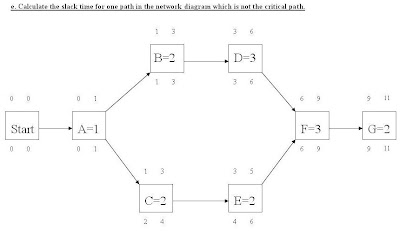
Akhir-akhir ini, restoren berkonsepkan kopitiam tubuh melata di pelusuk tanahair kita, umpama cendawan yang baru tumbuh selepas hujan. Walau bagaimanapun, tahukah anda ada sebahagian daripada restoren tersebut status sijil halalnya diragui, apatah lagi hidangan yang disediakan oleh mereka.
Sejujurnya, t
 elah lama saya mendapat khabar tentang keraguan individu tertentu pasal restoren tersebut tetapi disangkal oleh seorang rakan bahawa tiada apa yang hendak diragukan, barangkali dia juga pernah makan disitu, dek kerana tiada sumber untuk membenarkan dakwaan tersebut, ditambah pula saya belum pernah ke restoren tersebut, apatah lagi makan di situ, saya diamkan sahaja.
elah lama saya mendapat khabar tentang keraguan individu tertentu pasal restoren tersebut tetapi disangkal oleh seorang rakan bahawa tiada apa yang hendak diragukan, barangkali dia juga pernah makan disitu, dek kerana tiada sumber untuk membenarkan dakwaan tersebut, ditambah pula saya belum pernah ke restoren tersebut, apatah lagi makan di situ, saya diamkan sahaja.Hari ini, keraguan saya ada asasnya setelah membaca sumber yang diperoleh dari blog Drs. Khalil Idham Lim "Cina Islam" melalui posting bertajuk (Halalkah makanan di Kopitiam "Old Town White Coffee" & "Pak Hainan"?) hasil nukilan Jefri Mustafa.
Untuk mengekalkan keaslian dan hak cipta penulis asal, saya hanya meletakkan link sahaja ke blog tersebut agar dapat saya praktikkan gaya penulisan ilmiah yang dipelajari sepanjang di Taman Ilmu dan Budi, disamping menjaga hak individu tertentu.
Oleh hal yang sedemikian, saudara dan saudari yang berminat tentang topik ini, boleh sahaja klik link di bawah ini atau membuka secara langsung ke blog YB Khalil Idham Lim. Semoga posting ini dapat memberi kesedaran kepada kita semua supaya dihindari dari segala macam fitnah dan syubhah di akhir zaman ini, Insya'Allah..Amin!
Kepada tuan punya restoren, jika benar dakwaan tersebut, sila hentikan perniagaan anda, hormati sensitiviti rakyat pelbagai agama dan bangsa di Malaysia, dan jika dakwaan tersebut tiada asasnya, tunjukkan jalan penyelesaian, kemuka bukti dan hujah anda, agar kita sama-sama dapat perbetulkan keadaan.
Jesteru itu, saudara dan saudari Muslimku yang dikasihi, marilah kita menjaga makanan, pakaian, tempat tinggal dan tempat ibadah kita agar bebas dari segala kemusykilan. Bertukarlah kepada produk-produk Muslim, biar mahal sedikit atau kurang ternama, tapi terjamin halalnya. Semoga dengan mengamalkan produk tersebut tiada lagi penghalang ibadah dan doa kita kepada Allah.
Di dalam Hadith Nabi S.A.W jelas menyatakan bahawasanya yang halal itu jelas, dan yang haram itu jelas, dan di antara keduanya perkara yang syubhah atau boleh mengundang keraguan. Jadi marilah kita mengutamakan yang halal kerana mencari yang halal itu fardhu ke atas Muslim.















